Hauke Koch had researched bees for most of his life when one particularly grumpy resident of Kew Gardens gave him the sting that sent him straight to A&E.
It was not the first, or even the 15th, time he had been stung by a bee. From a young interest in insects to a PhD in bumblebees, and his current role of almost six years as Kew Gardens’ researcher in pollinator health, he has always been surrounded by bees.
Bee allergies among beekeepers are not an uncommon phenomenon, Hauke tells me. But Hauke was.
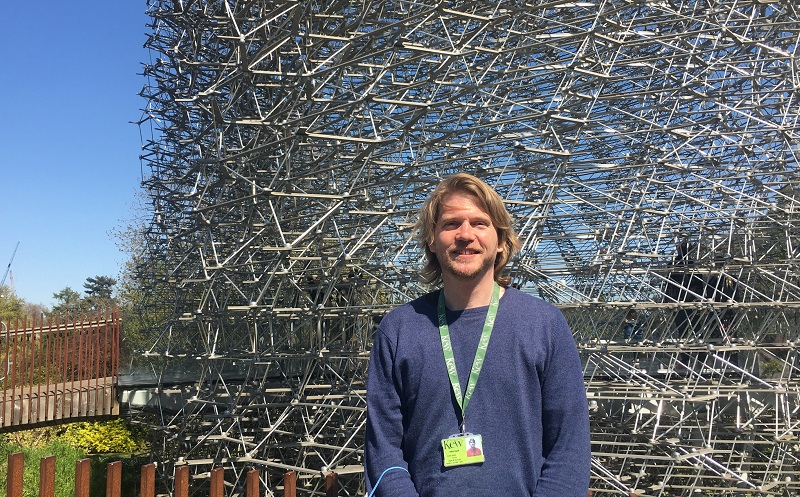
This was not Hauke’s first allergic reaction. At the spritely age of 16, he put himself through desensitisation therapy to overcome the first allergy.
For most of us, discovering a bee allergy would not mean very much. We’d cross beekeeping firmly off our bucket lists and get some antihistamines for good measure. But little else.
For Hauke, whose fascination with bees was in full bloom by 16, discovering his honeybee allergy meant monthly injections of bee venom for the next three years of his life.
He said: “At the beginning, my arm would swell up a lot because I was still allergic and having a reaction every month.”
Fortunately, it worked.
Hauke remembers his interest in bees from when he was a young child in Germany.
At the age of 12, he got into beekeeping as an extra-curricular activity at school.
He said: “We had a herb garden and on the flowers of all the herbs, you’d see all these different pollinators and I found it quite fascinating.
“Back then beekeeping was quite unpopular, as it was before all the renewed interest in saving bees. I was by far the youngest – everybody else at the local beekeeping association was retired.
“It’s almost the opposite these days. It’s become quite trendy and, in some places, like urban cities, it’s become too trendy.”
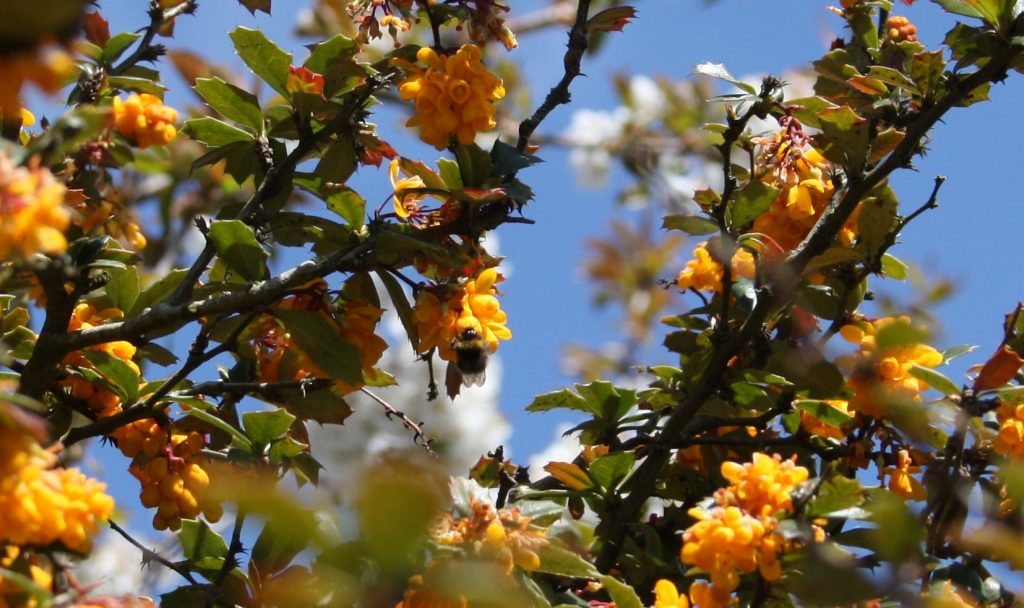
Since then, Hauke’s work at Kew is just the last rung in a lifetime working on encouraging bee populations.
At Kew, he researches what plants are the best and worst for bees’ health.
He explained: “Bees are hugely important… I have to say that. It’s my career.”
Jokes aside, bees bring $500bn to the world annually by pollinating agricultural products.
Add to that their importance in pollinating natural eco-systems and they’re invaluable.
If you took them away, we risk losing the massive 87% of plants which use animal pollination.*
The main risk, particularly in areas of increased urbanisation, is not the number of bees but the number of plants and trees to offer them food.
The team at Kew Gardens mapped the honeybee colonies of London on top of the green spaces in the city to find that there are far more in our city than food sources for them.
Hauke said: “It’s become fairly popular to do urban beekeeping, for example putting a honeybee colony on top of a hotel. You would think that this is saving the bees.
“Actually, it increases the density of honeybees so much that they struggle to find enough wild food. The honeybees on top of the hotel get a helping hand from their keeper but the wild bees don’t have that and won’t be able to find food.”
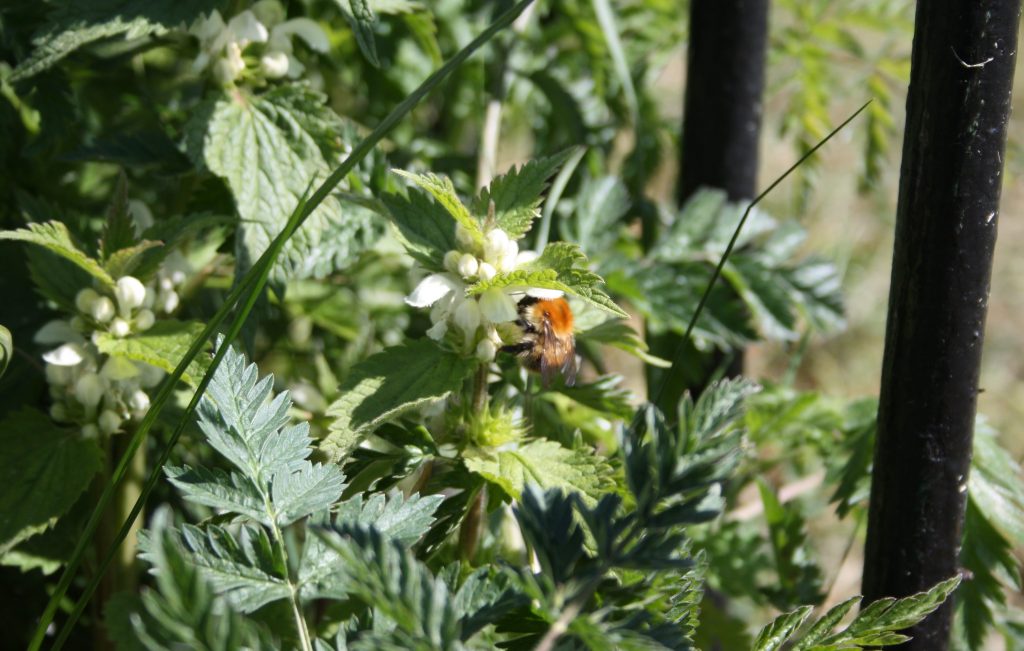
As we watch a red mason bee hover around the bee hotels meticulously looked after by Hauke, he tells me the most important thing about bees for him.
“Bees is not just honeybees,” he told me.
There are over 250 species of bee. All with different preferred foods, different lengths of tongue and different efficiency in pollinating. They each need something different.
Hauke added: “The best way of promoting wild bees is plant diversity. You want good diversity throughout the seasons and in the morphology [shape] of the flowers too.”
While we might generally associate bees with the spring and early summer, there are species buzzing around until the autumn. It’s also important to have flowers in various shapes that will fit all the different types of pollinators.
“Some bees have a very short tongue, for example, so they like flowers where the nectar is right on the surface,” said Hauke. “Bumblebees have the longest tongue so they like very deep flowers.
“In terms of gardening, less is more – let whatever weeds are growing naturally grow through. Bees love dandelions and deadnettles.
“Also just educate yourself, look up online what bees are in your area and what plants are good for them because the information is out there.”
Compared to Hauke’s honeybee stings, desensitisation therapy, bumblebee stings and A&E, weeds and Google sound like a walk in the park.
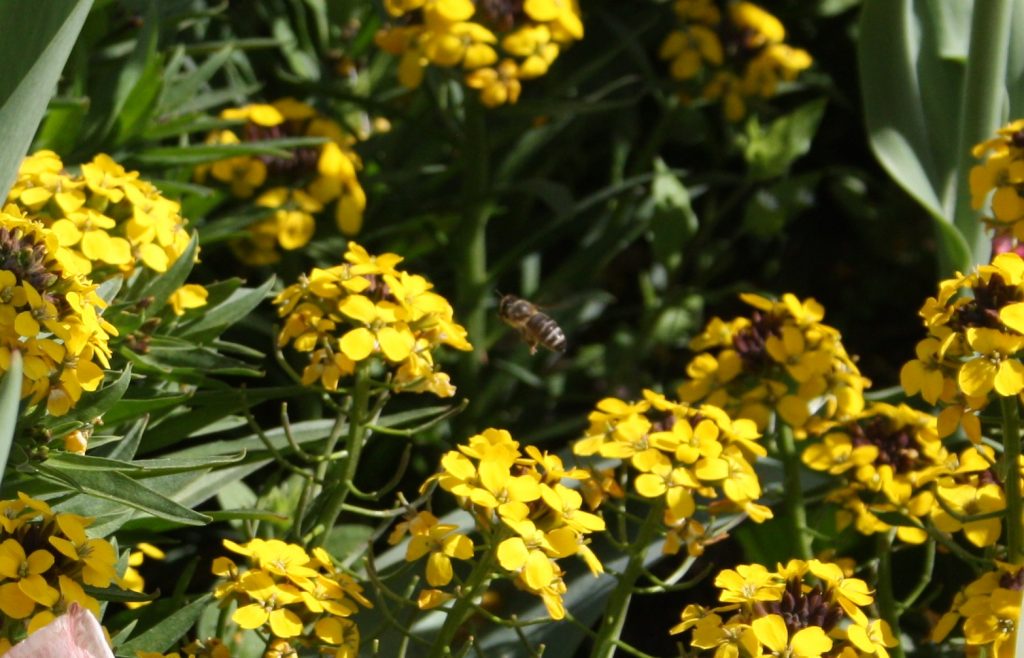
If you asked me before about the fate of bees last week, I would have assumed it was bad.
But after talking to Hauke (and importantly realising that bees are all different), I’m much more confident with people like him dedicating their career to helping bees and even undergoing desensitisation therapy to do just that.
Featured Image: The Hive sculpture at Kew Gardens. All images by Lucy Frost
*stats from Potts et al (2016) and Ollerton et al (2011)
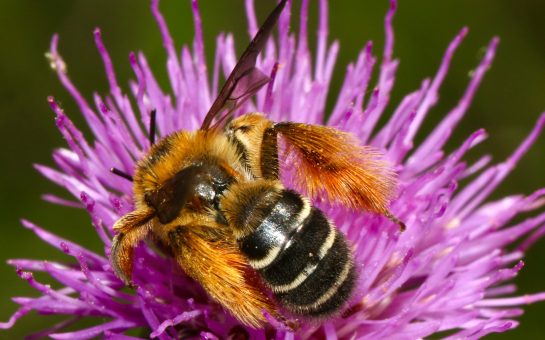
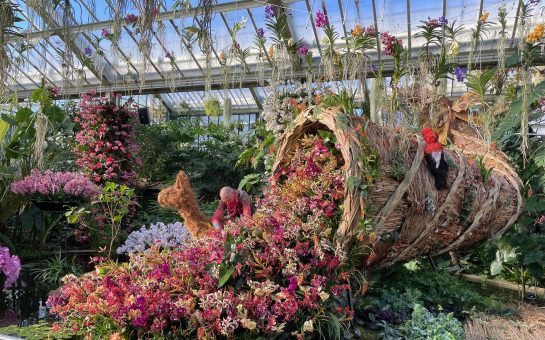
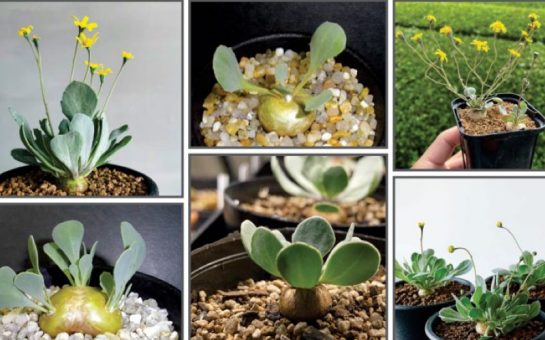
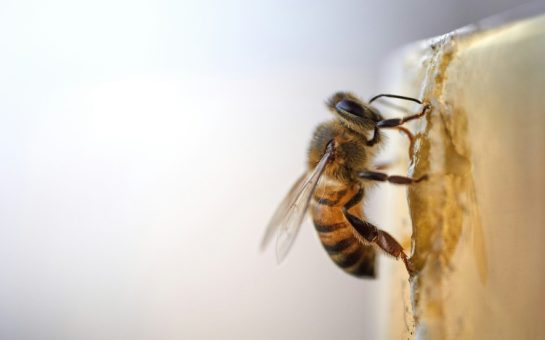

Join the discussion
[…] find out more about Hauke Koch, the bee scientist who informed all of this knowledge, check out this feature I wrote on him. I bet you wouldn’t have guessed that he’s allergic to […]